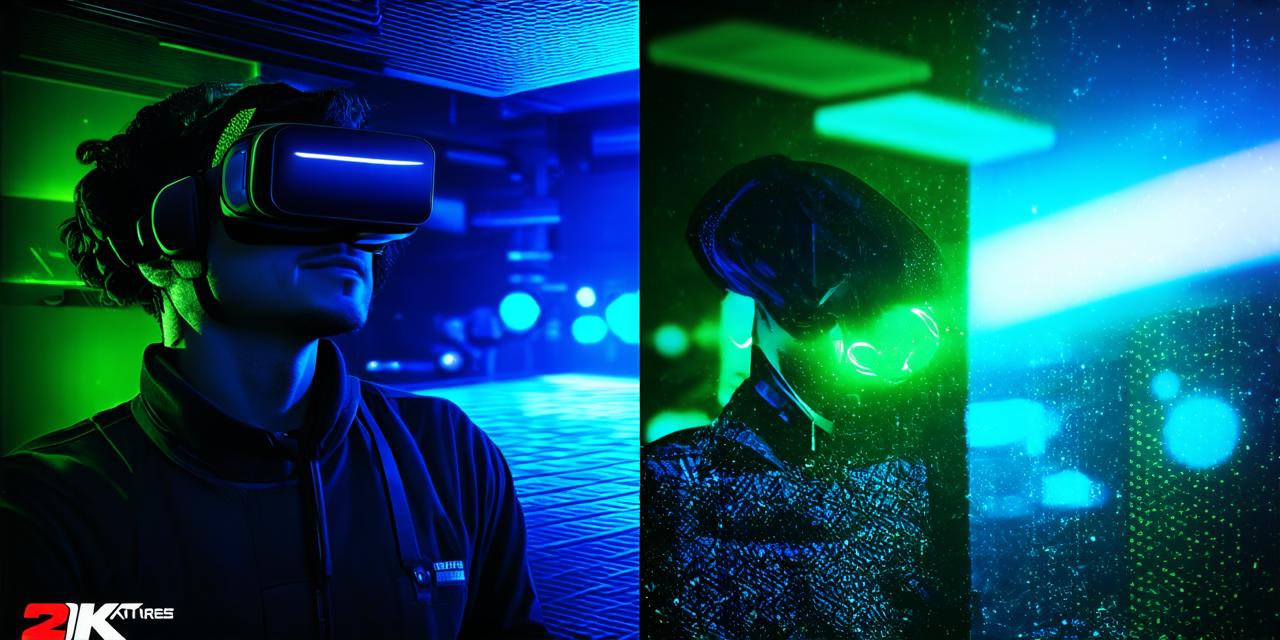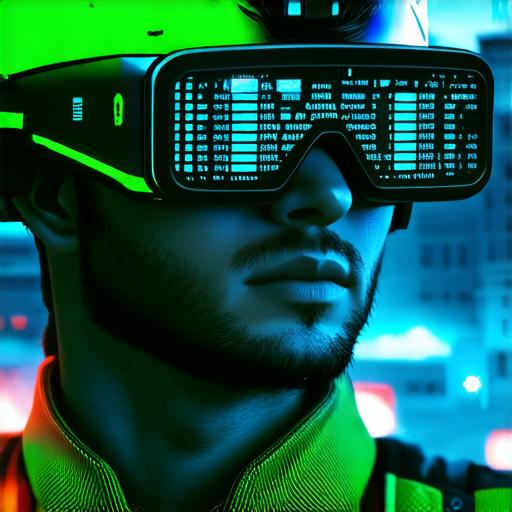
What sets augmented reality apart from virtual reality?
Augmented reality (AR) and virtual reality (VR) are two technologies that have gained significant attention in recent years due to their potential to revolutionize the way we interact with digital content. However, there are some key differences between AR and VR that make them distinct from each other. In this article, we will explore what sets AR apart from VR and how they can be used for virtual reality development.
What is Augmented Reality?
Augmented reality is a technology that overlays digital content onto the real world. It enhances our perception of the physical world by adding computer-generated graphics, sounds, and haptic feedback to it. AR is often used in mobile apps, games, and educational applications to create interactive experiences for users.

Examples of Augmented Reality
One of the most popular examples of AR is the use of Snapchat filters. These filters allow users to add animations, filters, and lenses to their photos and videos. Another example is the Pokemon Go app, which uses AR to bring virtual creatures into the real world. Users can interact with these creatures by catching them or battling them in real-time.
What is Virtual Reality?
Virtual reality is a technology that creates an artificial environment that simulates the real world. It immerses users in a fully simulated environment and allows them to interact with it as if they were really there. VR is often used in gaming, entertainment, and education applications.
Examples of Virtual Reality
One of the most popular examples of VR is the Oculus Rift headset, which allows users to experience fully immersive virtual environments. Another example is the PlayStation VR, which also provides a highly immersive gaming experience. VR can be used for various applications, including training simulations, remote collaboration, and therapy.
Differences between AR and VR
The main difference between AR and VR is the level of immersion they provide. AR enhances our perception of the real world by adding digital content to it, whereas VR fully immerses users in a simulated environment. Here are some other key differences:
- Cost: AR technology can be incorporated into mobile apps and games at a lower cost than VR, which requires expensive hardware such as headsets and controllers.
- Real-world interaction: AR allows users to interact with the real world while also receiving digital content, whereas VR disconnects users from the real world entirely.
- Limited physical space: VR technology requires a dedicated physical space, whereas AR can be experienced in any environment where it is accessible through a mobile device or other device.
- Real-time interaction: AR allows for real-time interaction with digital content, whereas VR often has a laggy response time.
- Social interaction: AR can allow for social interaction between users by sharing AR content over social media platforms, whereas VR is primarily a solo experience.
How to Use AR and VR in Virtual Reality Development
Virtual reality developers can use both AR and VR technologies to create immersive experiences for their users. Here are some examples:
- Use AR to enhance the real-world environment: Developers can use AR technology to add digital content to the real world, such as virtual furniture or decorations. This can be especially useful in interior design or home renovation applications.
- Use VR for training simulations: Developers can create fully immersive training simulations using VR technology, allowing users to practice skills in a safe and controlled environment. This can be particularly useful for industries such as healthcare, military, and aviation.
- Use AR for remote collaboration: Developers can use AR technology to facilitate real-time collaboration between team members, allowing them to work together in the same virtual space even if they are physically distant.


